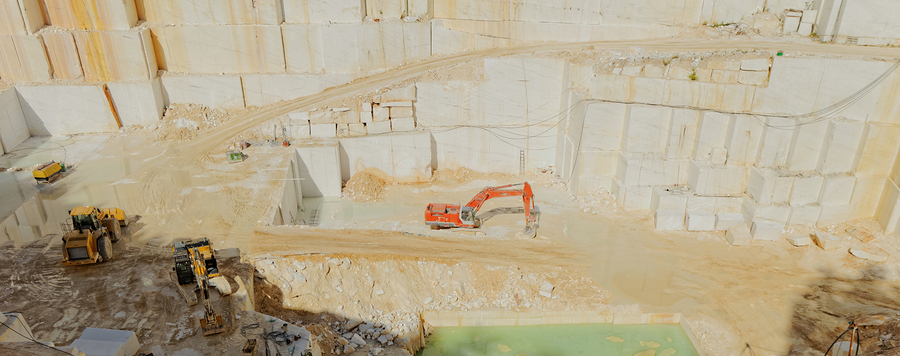Marble is a relatively soft stone. On a measurement of hardness (MOHS), marble is approximately a three out of ten. Marble is made of calcium, just like your teeth. If you eat something too hard you will break your tooth. If you eat a lot of sugar you will get a cavity. Stone reacts the same way. If an improper chemical is applied to the surface, corrosion will begin to form cavities in stone.
Listed below is the famous Measurement of Hardness (MOH) Scale for stone. This is a guide developed in the 1800’s which helps evaluate the strengths and weaknesses of the stone being used. For example, softer stones would require the use of a less active chemical and a more frequent dust mopping program.
Measurement of Hardness
10 Diamond
9 Corundum
8 Topaz
7 Quartz (Granite)
6 Feldspar (Granite)
5 Aparite
4 Fluorite
3 Calcite (Most marbles)
2 Gypsum
1 Talc
The objective of the MOH Scale is to measure stones resistance to hardness. When sediment and grit are harder then the surface, they will scratch and harm the stone. For example, a piece of hard plastic is about a 2.0. It will not scratch #3 Calcite (Marble). However, a piece of sand that measures a 6, will scratch #3 Calcite but will not scratch #7 Quartz which is Granite. The harder the stone, the more resistant it is to abrasion. Exterior sediment that is tracked in to buildings approximately measures from 3.0 to 7.0.

